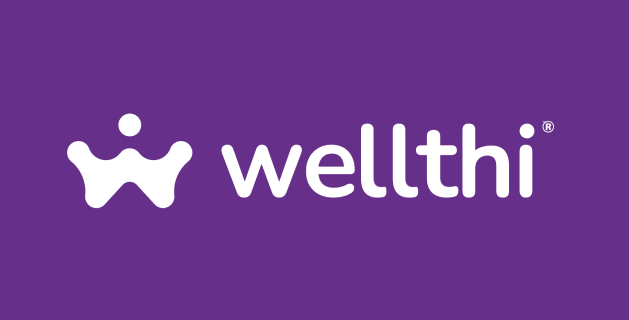🎉 Hey all you small business aficionados! Grab a venti latte and buckle up for some enlightening tax chatter! Let’s talk about those spammy pandemic-era tax credit ads that are flying faster and more furiously than Vin Diesel in a Jason Mamoa death race! 🐝
Enticing as they may look, qualifying is harder than snagging backstage passes for a Taylor Swift concert and scammers are rife, so be wary of too-good-to-be-true offers, they usually are. Here’s what you need to know.
Did you know? By creating goals and sharing them in public with your friends and family, you’ll increase your chances of success! You can download the Wellthi app here, if you act by July 3, you could win $10,000 for just posting your financial goal in the app!
Think of the Employee Retention Credit (ERC) as your business’s VIP backstage pass during the Covid-19 hit parade, offering up to $5k per employee for 2020 or a whopping $28k in 2021. But here’s the rub: while everyone wants a piece of the pie, it’s no magic money tree. You’ve gotta be as eligible as a Bachelor contestant and experts are shouting louder than Gordon Ramsay in Hell’s Kitchen to get a tax pro to help you review this.
Now, imagine all the companies offering ERC help as eager party-goers waiting to ride the rollercoaster, but there’s a twist! Amid this jamboree of ERC-mania, many “ERC mills” have sprung up faster than cat videos on the internet, charging up to 25% to 30% of your credit in fees! As our bud, Kristin Esposito, from the American Institute of CPAs, puts it, “there’s a huge monetary incentive.”
But hold up! Not all that glitters is gold! These mills are pulling a classic Casanova, promising you’ll qualify and even calculating larger credits than your poor CPA could muster. It’s like that friend who always promises they’ll help you move, then bails last minute…not cool!
Here’s where it gets darker than a Game of Thrones plot twist. The IRS, ever the Jon Snow, put these “third parties” promoting the ERC on its “Dirty Dozen” list of tax scams for 2023. It’s as wild as the Tiger King series, we know!
Qualifying for the ERC can be as tricky as untangling your earphones after they’ve been in your pocket for 5 minutes. First, it was only for businesses facing a government shutdown or significant revenue drop in 2020, then it extended into 2021. It’s like the plotline of a soap opera, always changing!
And here’s where we circle back to our initial advice: find a tax pro! It’s like dating – you’ve gotta find your perfect match. It might take some searching and some questionable first dates (aka tax consultations), but when you find the right one, it’s pure magic! 💫
So don’t just dive into the ERC pool without checking the depth, or you might end up sinking instead of swimming. As IRS Commissioner Danny Werfel warns, the taxpayers are always “ultimately responsible”. So let’s make sure we aren’t left holding the bag when the music stops!
In conclusion, grab yourself a tax pro who’s willing to go the distance and put their name on the line for your ERC claim. Because a tax credit is only as good as the advice behind it, and a good CPA is worth more than a flawless latte on a Monday morning! ☕🎯
You can download the Wellthi app here, if you act by July 3, you could win $10,000 for just posting your financial goal in the app!
#TaxCredit, #SmallBusiness, #ERCAdvice, #MorningBrew, #EmployeeRetentionCredit, #TaxTips,
Go Deeper
Employee Retention Credit (IRS)
A pandemic-era tax break that remains rife with abuse — the ERC (Journal of Accountancy)
Sponsored





